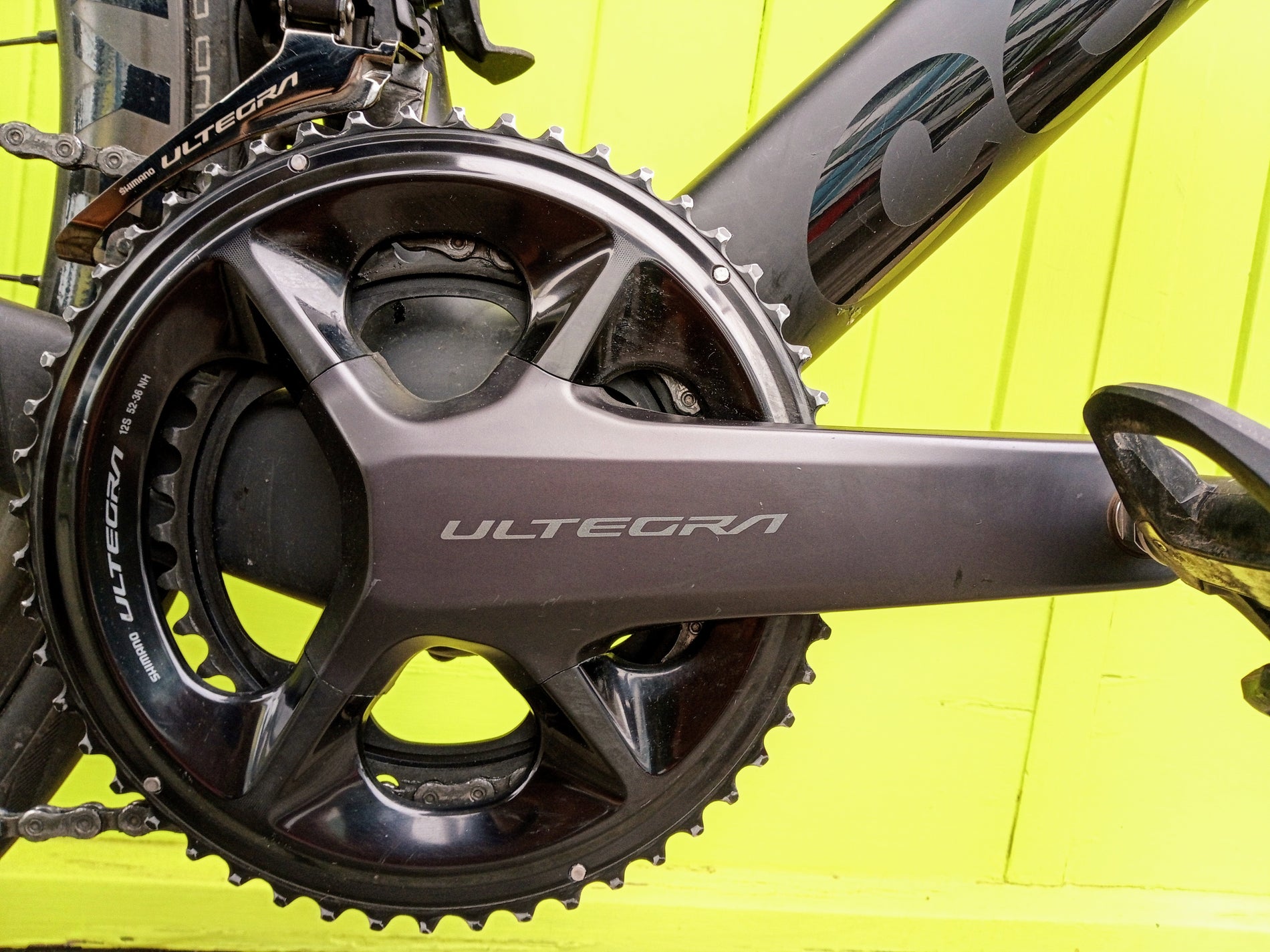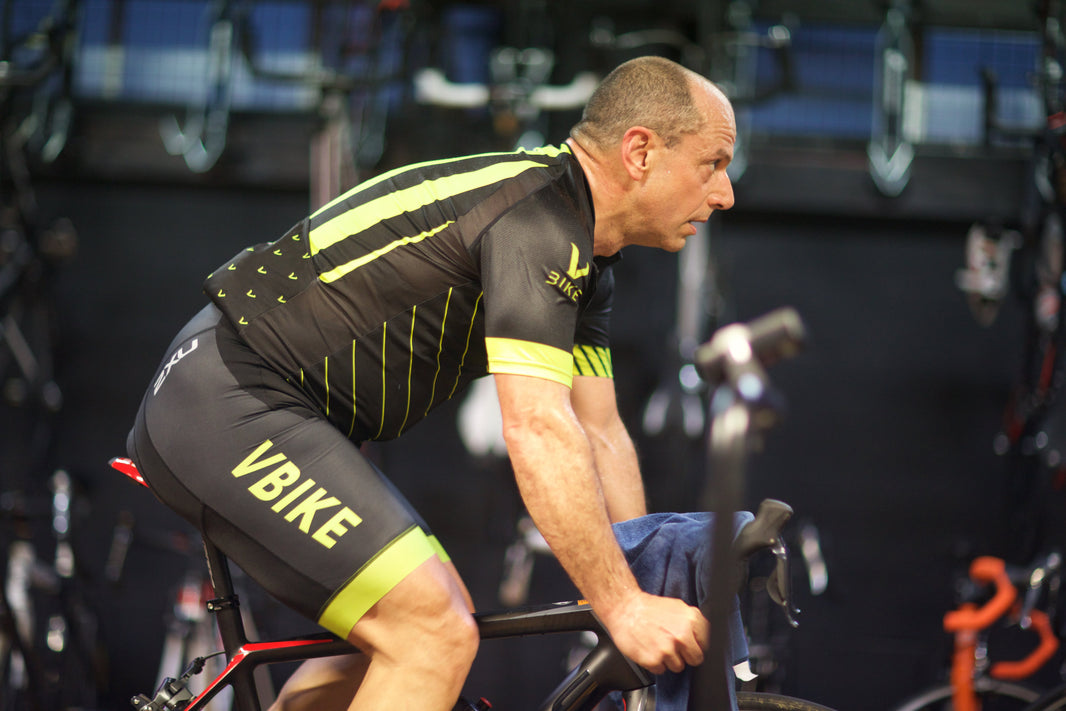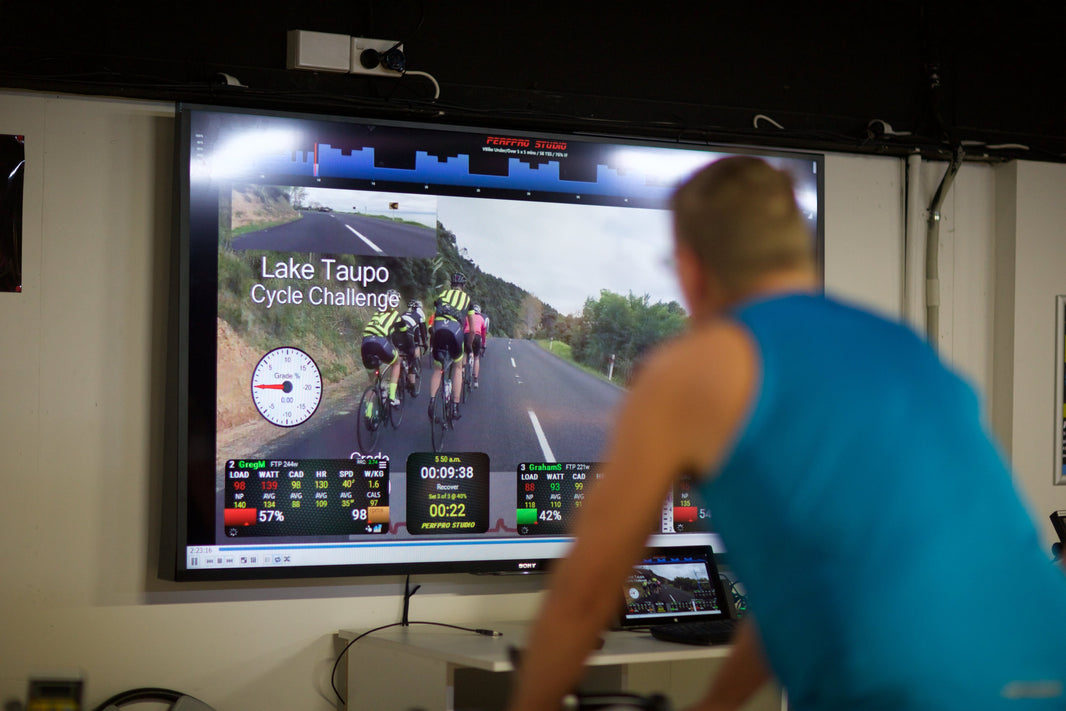Bicycle cranks are the focal point to every pedal stroke. They transfer the torque you apply on the pedals to mechanical energy, propelling the bike forward. For such a pivotal component, they are often overlooked when it comes to setting up your position. But how do you know what crank length is suitable for you? Is it as simple as the taller you are, the longer your cranks should be? The short answer is no.
The theory has traditionally been that longer cranks generate more power due to having more leverage. This is consistent with the physics of moment arms: you can loosen a nut easier with a longer spanner. It works for low cadence, high torque situations like accelerating from standstill. Mountain Bikers often need to get over obstacles or re-accelerate from technical sections, so longer cranks can be advantageous.

Adam Hansen's drivechain (Colin Levitch / Immeidate Media)
Once your cadence increases however, different systems are at play. Power is generated by the product of torque and velocity (of the crank, so cadence), and while a shorter crank may decrease torque, that can easily be accounted for by increased cadence.
The trend in recent years has gone towards running short crank lengths to ‘open up the hip’ and avoid being impinged at the top dead centre of each pedal stroke. For the performance athlete this means they can then drop the front end to get more aero, and avoid crank strikes.
Generally, a taller athlete will be able to adopt longer crank lengths because of their longer limbs. But there is more to it than blindly recommending crank lengths proportional to height, or simply going shorter because it’s in fashion.
With that in mind, here are 3 determinants to help decide your crank length.
1. Physical conditioning
The amount of kilometers you ride and BMI has more of a correlation to which crank lengths are suitable than height does. Having a limited range of movement from tight hips and weak hip extensors and flexors mean that you become challenged at the bottom and top of each pedal stroke, so shorter cranks would suit. Obviously, this can happen with both short and tall people.
Conversely, someone with extreme conditioning and flexibility can adopt longer crank lengths without any issues and enjoy the added torque. Adam Hansen, ex-pro cyclist and now ironman triathlete is a good example; he runs 180mm custom cranks shown in the photo above.
2. Pedaling style
For riders that prefer to spin a high cadence over the grinders, shorter crank lengths would make sense. You get the added benefit of reducing your hip flexion - increasing pelvic stability or allowing you to adopt a more aggressive position.
3. Purpose
Think about what type of riding you will be doing. Any endurance type event requires a level of robustness; running shorter cranks will put less strain on your back and hips. Velodrome racing and criteriums involve leaning the bike over - moto GP style, so short cranks are helpful to avoid your crank arm striking the ground. However, if you are after pure watts, and your hip flexion is not limiting you, go long.

Red hook criteriums (granfondo-cycling.com)
The take home is: next to saddle height, crank length is one of the biggest factors of your bike fit. The small increments that crank lengths vary by (from 165mm to 175mm) have big impacts on your biomechanics. If performance and comfort are things you strive for on the bike, it would be an oversight to neglect crank length. And for the macro absorbers and nonchalant amongst us, don’t spare a thought on it! To quote our mechanic Ants, “I get what I can and just ride”.
During our VBike fits we monitor your movement patterns using motion sensors. They show us immediately if there are inefficiencies in your pedal stroke (dead spot score) or discrepancies in your left and right leg extension. These are indicators that you may be suited to a different crank length, which we can then test. Feel free to get in touch with questions, to order a crankset or to arrange a bike fit.







